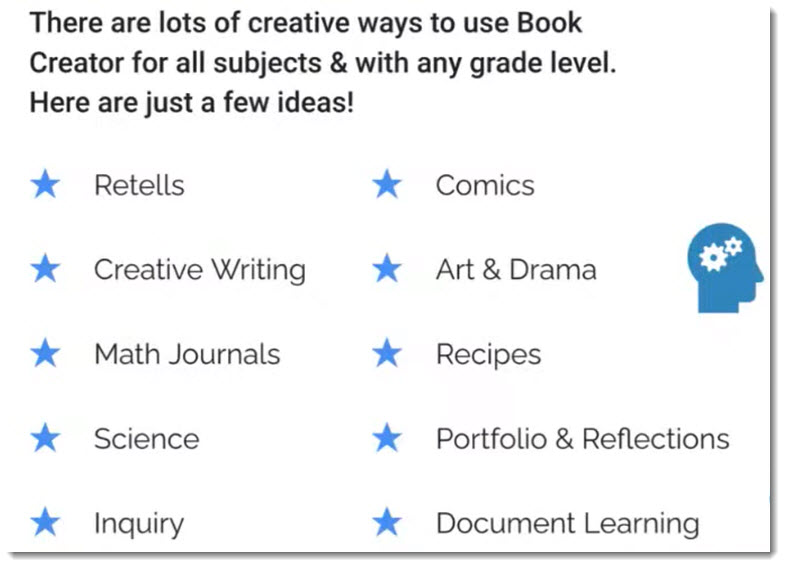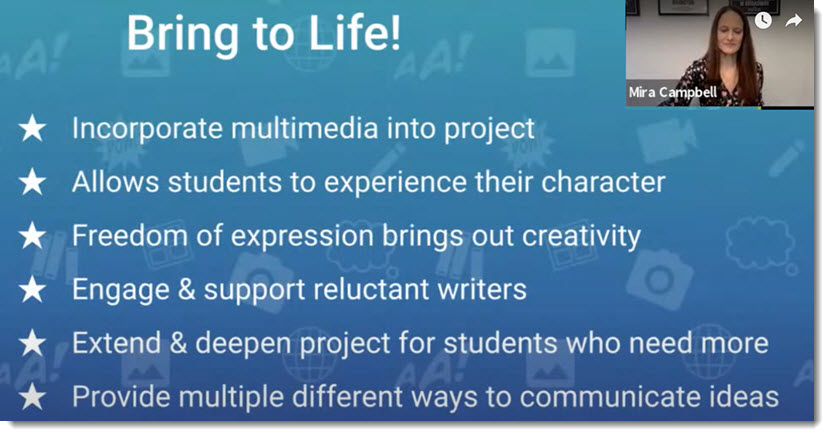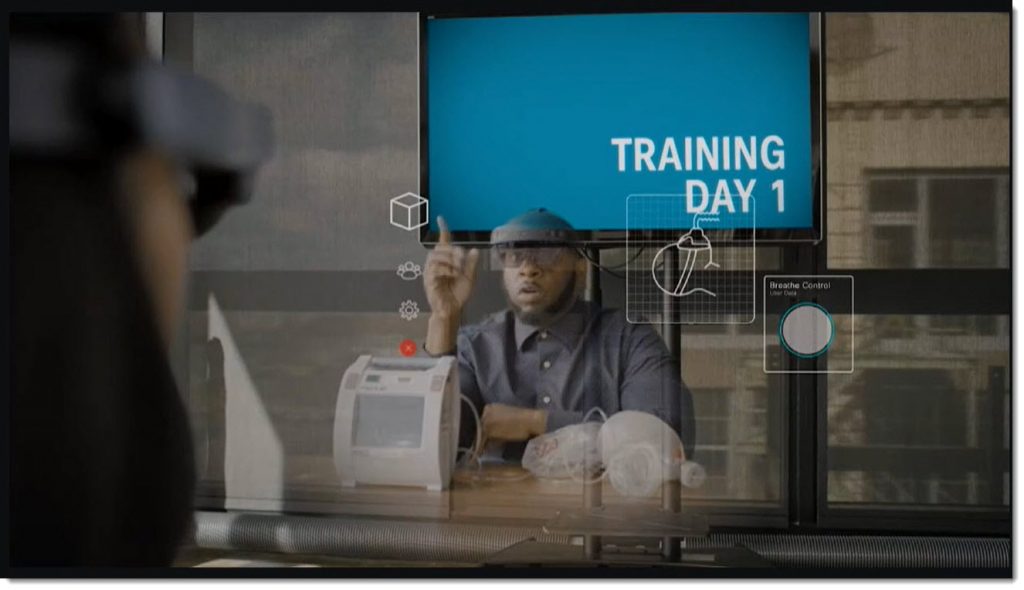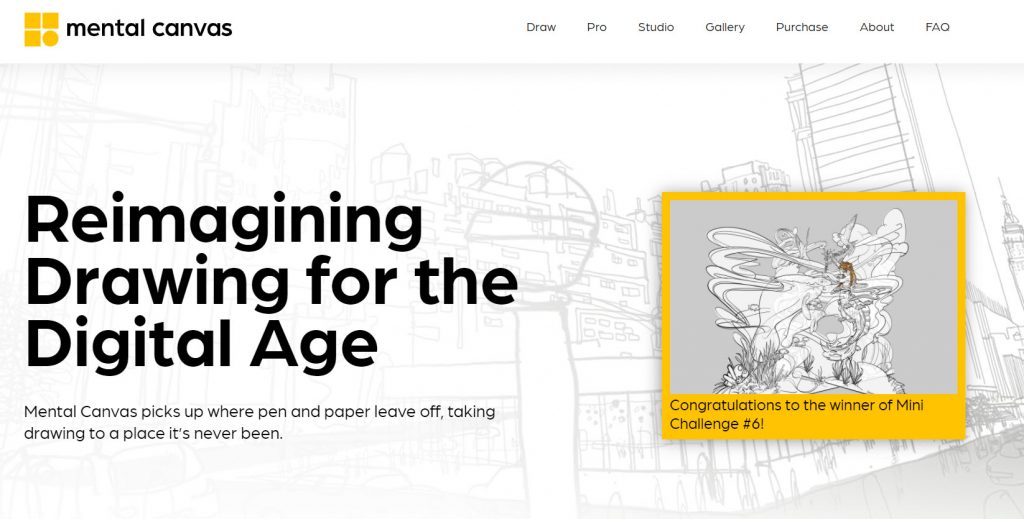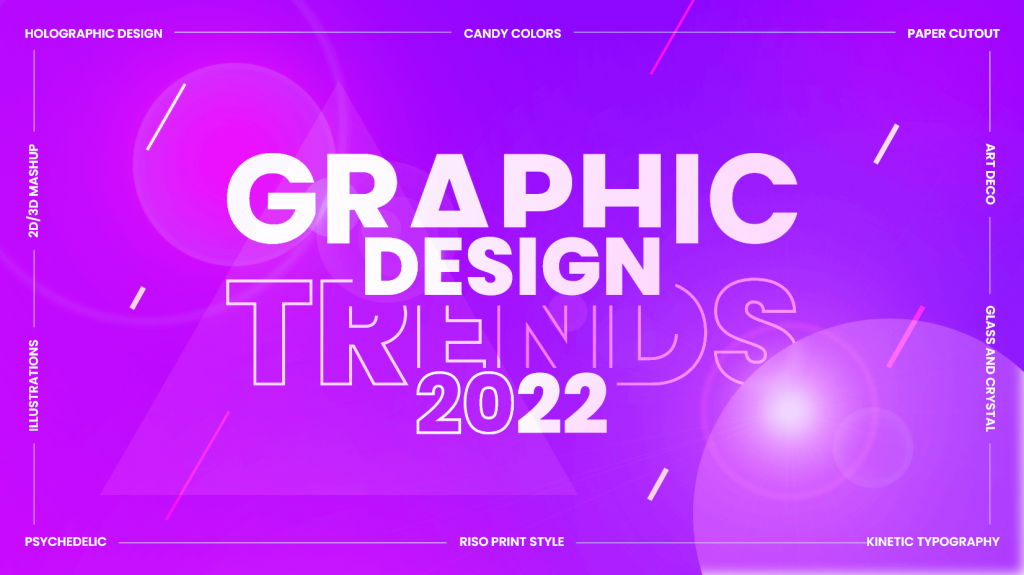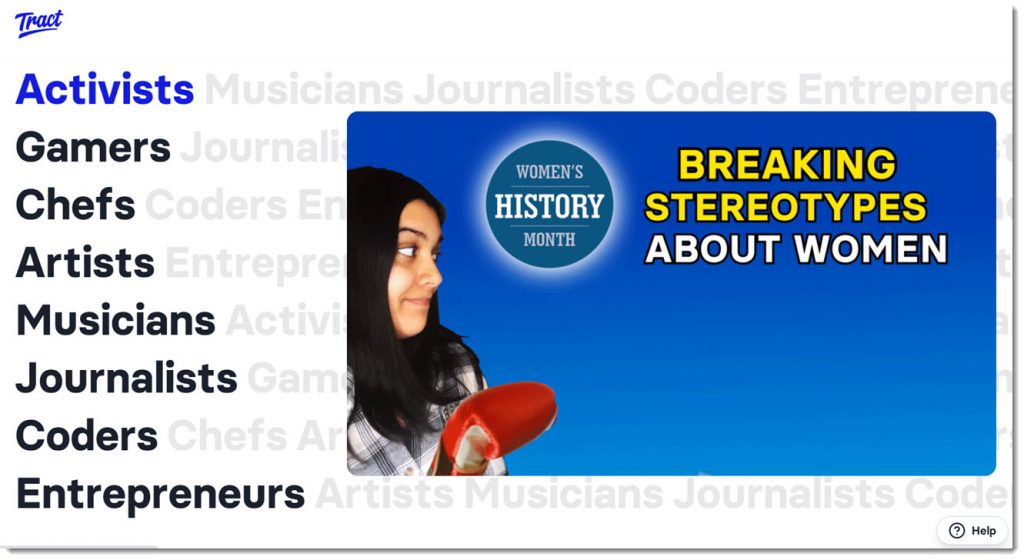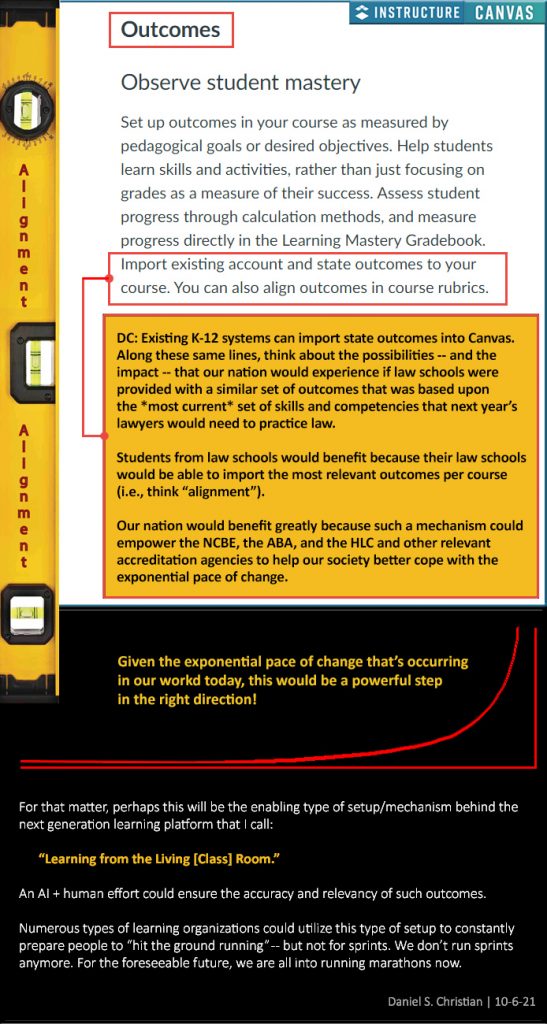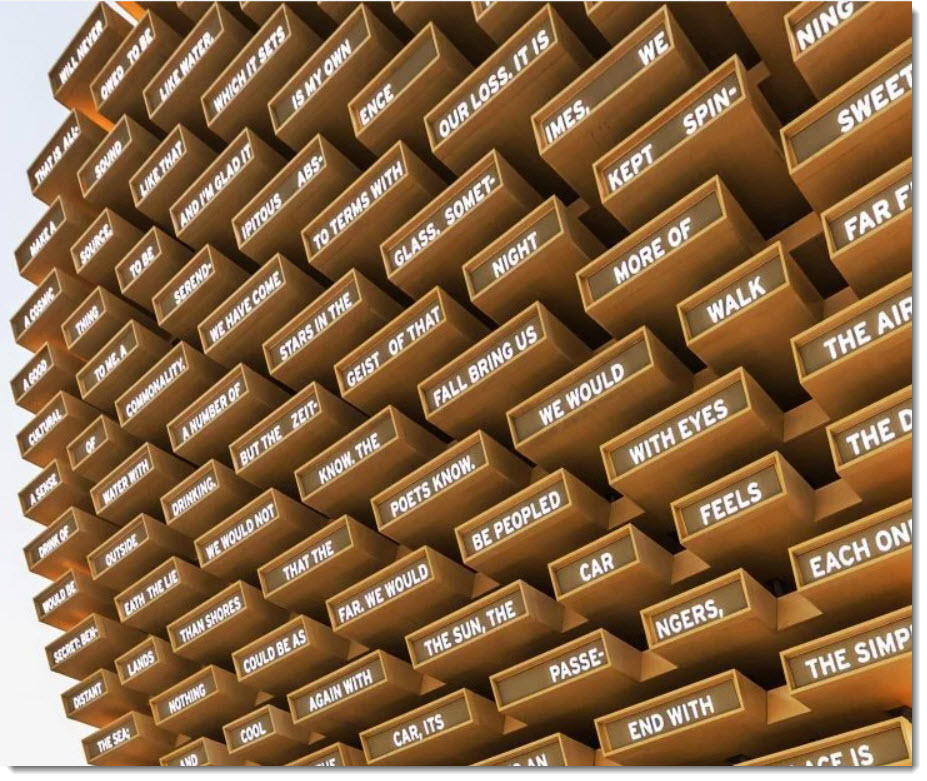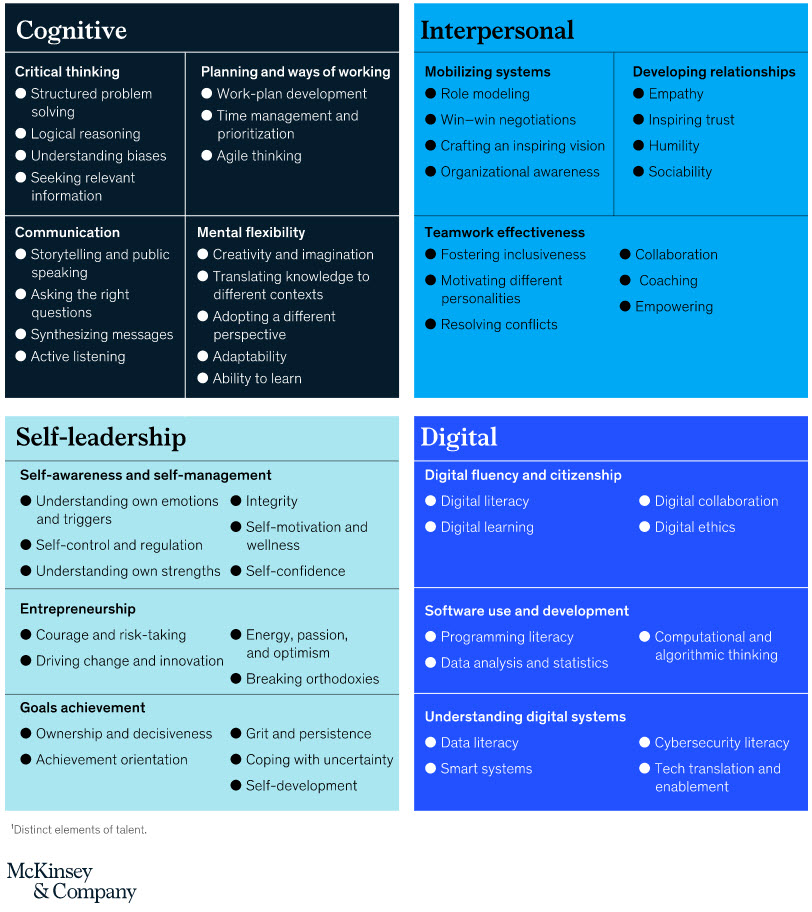Also see Matthew Ball’s Metaverse Primer (excerpt below from this page) — with thanks to Annie Zhang for this resource:
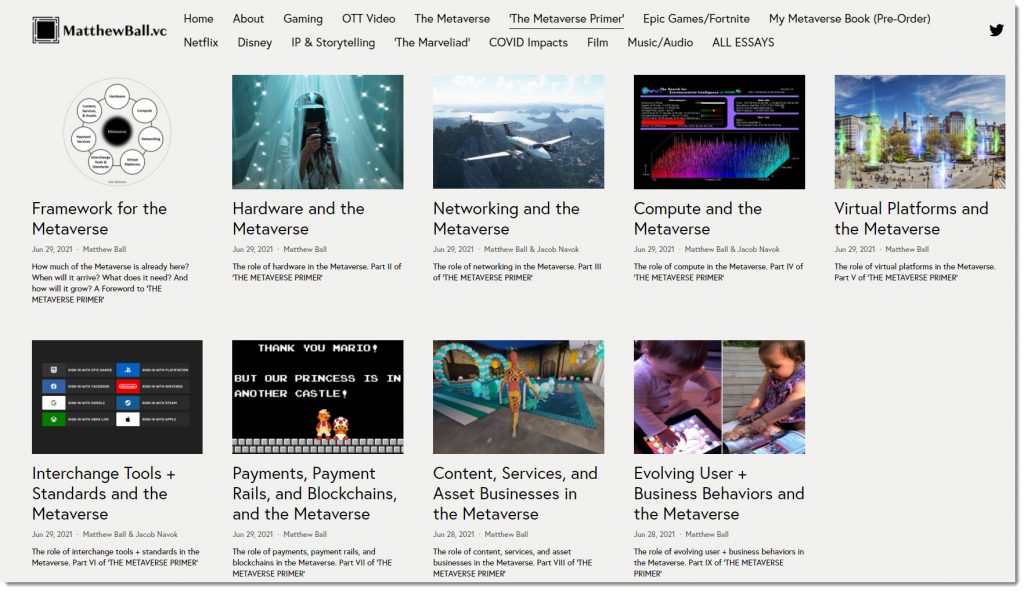
“The Metaverse is a massively scaled and interoperable network of real-time rendered 3D virtual worlds which can be experienced synchronously and persistently by an effectively unlimited number of users with an individual sense of presence, and with continuity of data, such as identity, history, entitlements, objects, communications, and payments.”
Jacob Navok: Computing and Network Needs of the Metaverse — from hellometaverse.fm by Annie Zhang
Excerpt:
to progress towards this vision of the metaverse, jacob is focused on tackling the hard problem of improving concurrency. how do you get millions of people to concurrently be participating and interacting in one live experience with no lag?
he breaks this down the problem into two components:
-
limitations of the traditional network to handle multiplayer experiences: coordinating, say, positional data of where you and all the other players in a game, gets very complicated, especially when latency needs to be low. meaning, if you want to see everything that everyone is doing at all times, coordinating the traffic of that data is very difficult
-
with more connection, internet speed slows: the internet was not built for true real time communication, but rather optimized for cost and routing efficiency. when you load a fb page, it’s okay if it takes 10 milliseconds, but when you are in a shooting game, a delay of 10 milliseconds is a matter of life or death
Everything You Need To Know About The Metaverse — from protocol.com by Janko Roettgers
Excerpt:
Silicon Valley has a new favorite buzzword: Ever since Mark Zuckerberg announced earlier this year that Facebook’s future would be in the metaverse, everyone has been rushing to figure out what a metaverse even is. And when Facebook rebranded as Meta in October, metaverse fever swept the tech industry. From Microsoft to Nvidia, every company is suddenly in the metaverse business, and seemingly overnight, countless people became metaverse experts.
But what actually is the metaverse? Why does it matter, and who needs to worry about it? If the metaverse is truly “the next chapter for the internet,” as Zuckerberg put it, it’s important to understand and define it so as not to be caught flat-footed when (or if) the metaverse wave catches on.










